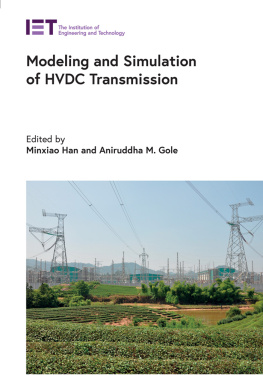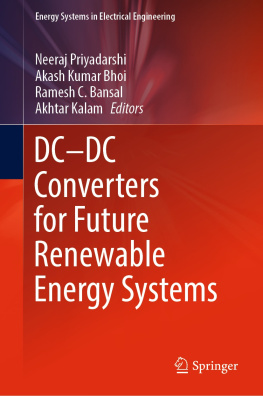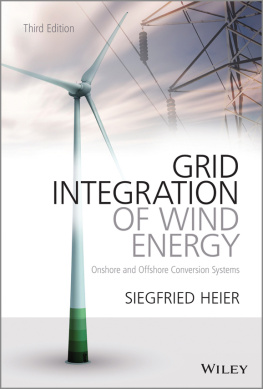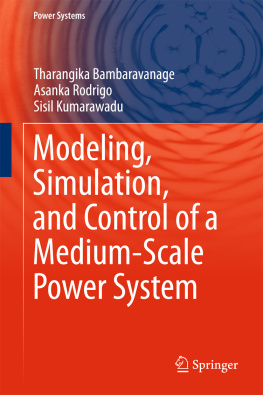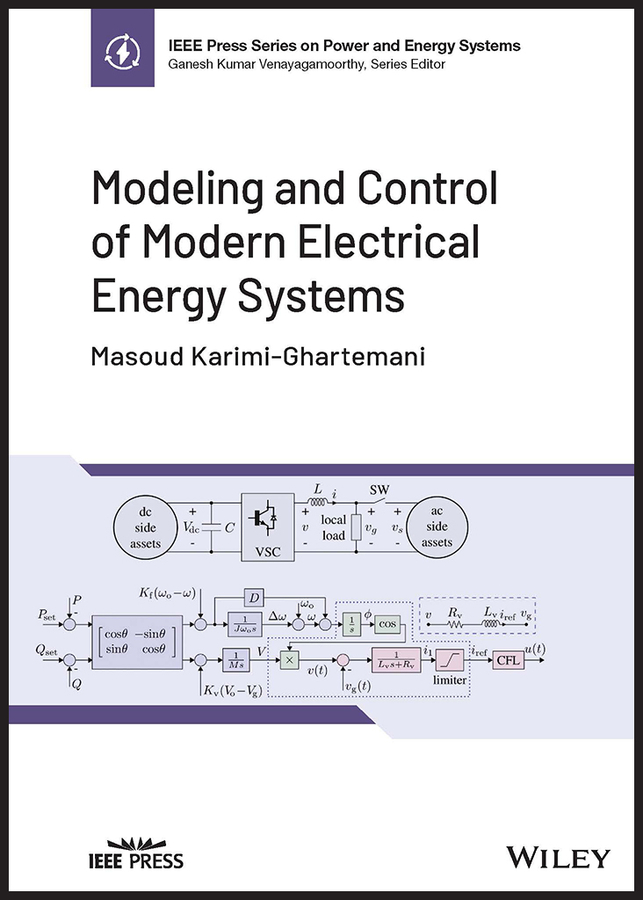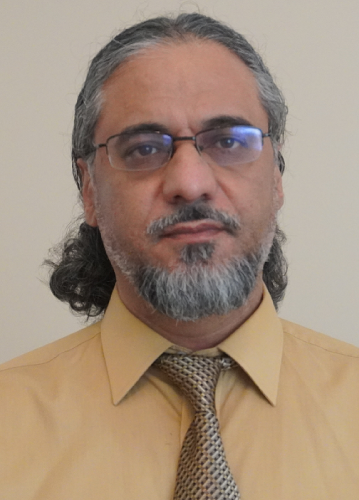Masoud Karimi-Ghartemani - Modeling and Control of Modern Electrical Energy Systems
Here you can read online Masoud Karimi-Ghartemani - Modeling and Control of Modern Electrical Energy Systems full text of the book (entire story) in english for free. Download pdf and epub, get meaning, cover and reviews about this ebook. City: Hoboken, year: 2022, publisher: Wiley-IEEE Press, genre: Science. Description of the work, (preface) as well as reviews are available. Best literature library LitArk.com created for fans of good reading and offers a wide selection of genres:
Romance novel
Science fiction
Adventure
Detective
Science
History
Home and family
Prose
Art
Politics
Computer
Non-fiction
Religion
Business
Children
Humor
Choose a favorite category and find really read worthwhile books. Enjoy immersion in the world of imagination, feel the emotions of the characters or learn something new for yourself, make an fascinating discovery.

- Book:Modeling and Control of Modern Electrical Energy Systems
- Author:
- Publisher:Wiley-IEEE Press
- Genre:
- Year:2022
- City:Hoboken
- Rating:4 / 5
- Favourites:Add to favourites
- Your mark:
Modeling and Control of Modern Electrical Energy Systems: summary, description and annotation
We offer to read an annotation, description, summary or preface (depends on what the author of the book "Modeling and Control of Modern Electrical Energy Systems" wrote himself). If you haven't found the necessary information about the book — write in the comments, we will try to find it.
Modeling and Control of Modern Electrical Energy Systems
A step-by-step approach to the modeling, analysis, and control of modern electronically controlled energy systems
In Modeling and Control of Modern Electrical Energy Systems, distinguished researcher Dr. Masoud Karimi-Ghartemani delivers a comprehensive discussion of distributed and renewable energy resource integration from a control system perspective. The book explores various practical aspects of these systems, including the power extraction control of renewable resources and size selection of short-term storage components.
The interactions of distributed energy resources (DERs) with the rest of the electric power system are presented, as is a discussion of the ability of the DER to ride through grid voltage faults and frequency swings. Readers will also discover how to derive mathematical models of different types of energy systems and build simulation models for those systems.
Modeling and Control of Electrical Energy Systems provides end-of chapter examples and problems, as well as:
- A thorough introduction to power electronic conversion, including power electronics and standard power electronic converters
- An in-depth treatment of feedback control systems, including frequency-domain (transfer function) approaches and time-domain (state space) approaches
- Comprehensive discussions of direct current DERs and single-phase alternating current DERs
- Fulsome explorations of three-phase distributed energy resources
Perfect for researchers, practitioners, and professors with an interest in electronically interfaced modern energy systems, Modeling and Control of Modern Electrical Energy Systems will also earn a place in the libraries of senior undergraduate and graduate students of electrical engineering.
Masoud Karimi-Ghartemani: author's other books
Who wrote Modeling and Control of Modern Electrical Energy Systems? Find out the surname, the name of the author of the book and a list of all author's works by series.

